The story of the Loch Ness monster appears in the biography of St Columba written by Adamnan, an abbot of the monastery on Iona. The text refers to "aquatilis bestiae" or water beast. This account is one of the many tales of miracles performed by this 6th-century saint.
I can imagine Nessie swimming from the River Ness into the Loch shouting the immortal words of Arnold Schwarzenegger's Terminator "I'll be back!" and true to his word he was back nearly one thousand years later. The so-called Loch Ness Monster appears for the second time as part of the story of one Fraser of Glenvackie who is said to have slaughtered the last Scottish dragon. This story, written in 1520, states that the dragon was slain but it also states that the creature of Loch Ness had been 'lately seen.'
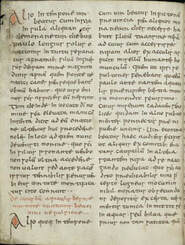
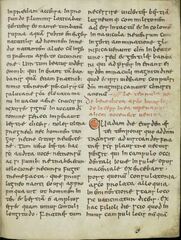
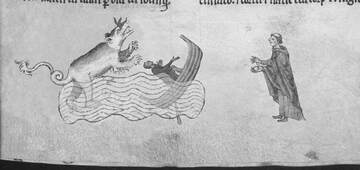

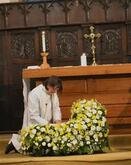
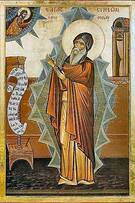
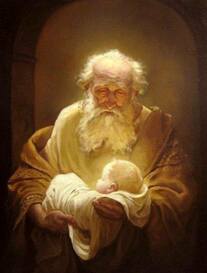
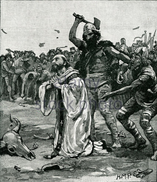
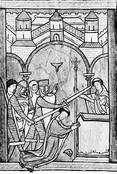
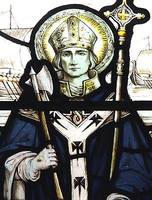
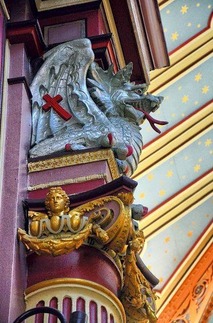
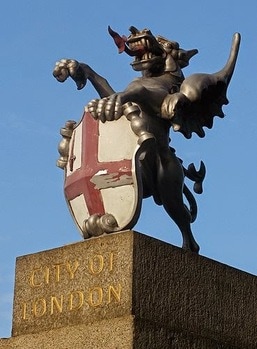
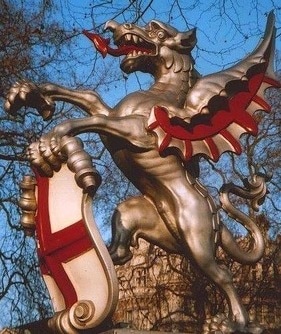
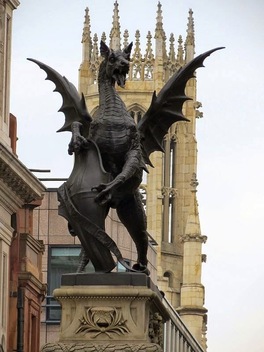
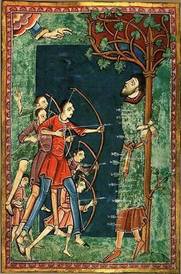

 RSS Feed
RSS Feed
